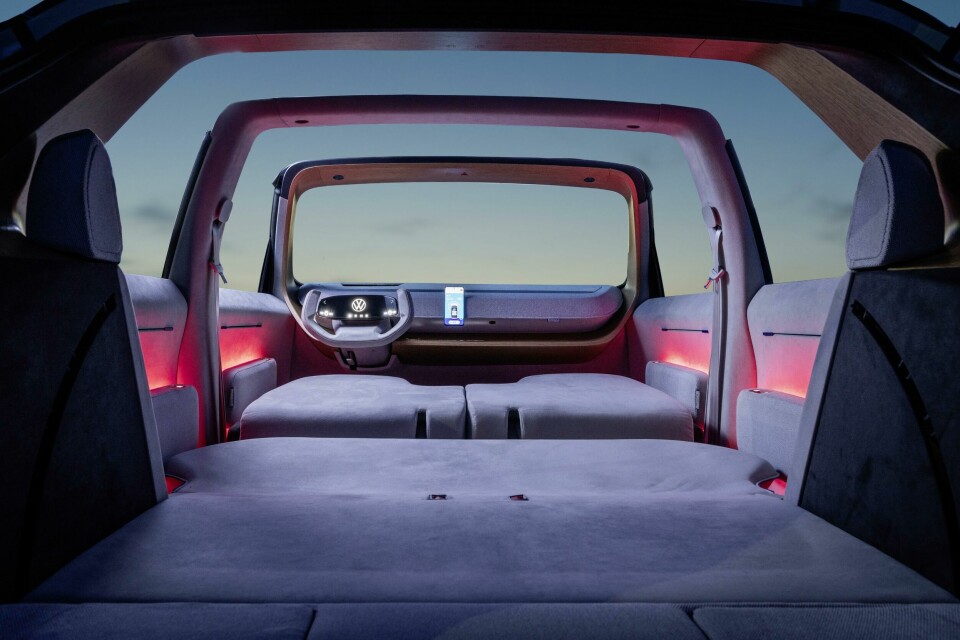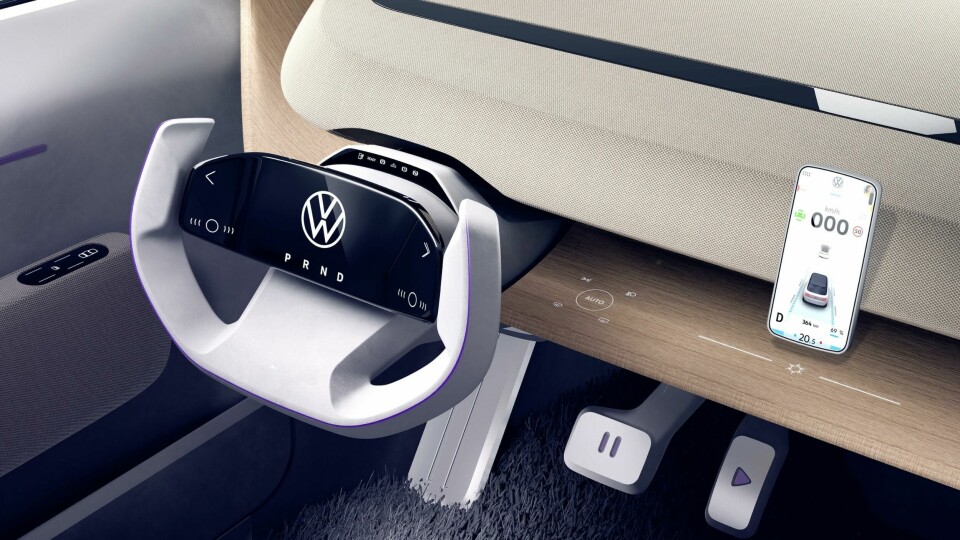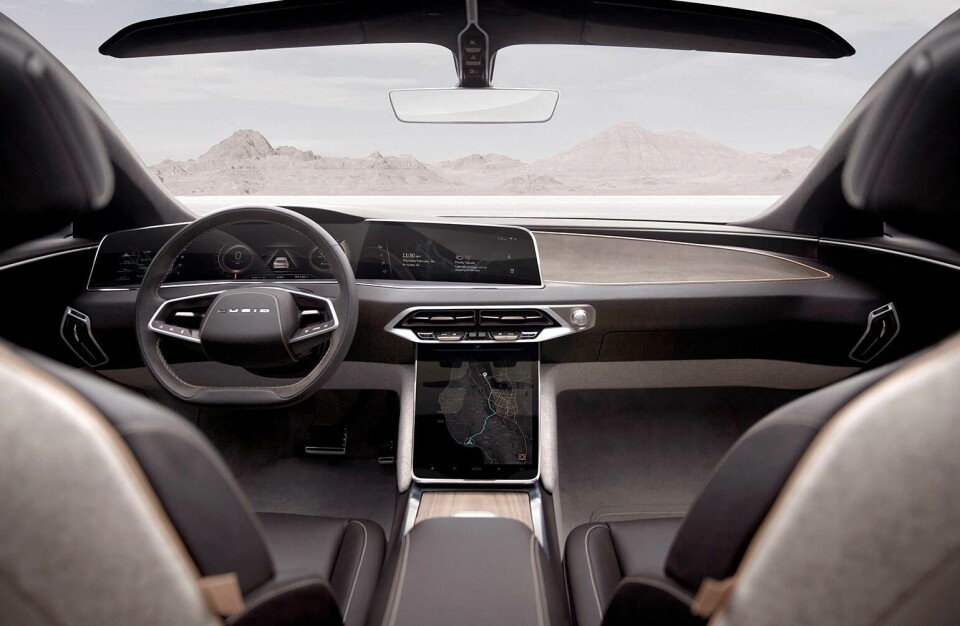
Designers point towards sustainable vehicle interiors
Sustainability is the driving force shaping the car interior, feeding into current trends such as premiumisation, autonomous driving and customisation. But how much are we willing to sacrifice for a CO2-free future?
The car design microscope is firmly fixed on interiors. With electrification, autonomous driving, material and technological innovation, carmakers are keen to take advantage of evolving trends that continue to open avenues of exploration and progression.
In a special Car Design News livestream, design experts from around the world were invited to discuss these themes in a bid to shine a light on the interior of the future. To open proceedings, Daniel Harrison, automotive analyst at Car Design News, provided a summary of his recently penned report titled The Future of Interiors, completed in collaboration with Ultrafabrics.
“The intention was to investigate the future of interiors and what that holds,” he explained. “We used a thorough methodology, surveying around 17,000 people and combining the results with secondary research on market data and trends. The key finding was one of sustainability, which is the dominant trend in the design of car interiors. The second trend we saw was premiumisation, and the third was market growth for fabrics.”
Sustainability and lowering the environmental impact of vehicles is top priority for design teams. Klaus Zyciora, head of Volkswagen Group Design, confirmed that tackling this challenge is vital for the company. “It is a major trend, and we have to have our answers at hand,” he said. “We are not only transforming ourselves into a digital company and a mobility company, but we also have to transform all our materials and the way we produce them, directing them all into a circular economy.”

Many carmakers are now using recycled PET bottles in seating and floor mats, but true sustainability means turning to different materials. Plant-based polymers and biomaterials need to play a greater role to make the cabin eco-friendly, with options such as vegan leather attainable from grape skins, seeds and stalks as seen in the Bentley EXP 100 GT Concept.
These types of options are on the radar for Lucid Motors – a company that can operate at speed due to its foundations as a start-up. “I believe all of us have a job to make life prettier, happier and better,” said Joann Jung, design director, interior design, Lucid Motors. “For me, the interior is the place that we can all relate to, and what you see and what you touch is incredibly important. The options used to be very limited, but now we are entering a time when technology is giving us opportunity to make progress.”
Perry Hodge, Ultrafabrics vice president of transportation, echoed Jung’s statements. He said that the opportunity for progress in interior design will allow companies to produce increasingly enticing vehicles that are highly sophisticated and catered for individual customers, with the fundamental theme circling back to eco-friendliness. “There are many trends impacting vehicle interiors like premiumisation and digitalisation, but there is a binding thread of sustainability,” he said.
Zyciora said the impetus for shaping this new landscape rested with designers. “It is up to designers to make things tangible. It is not written on a piece of paper, it is not PowerPoint, it is the real thing that you touch and fall in love with. That is what we have to create.”
Jung went on to question evolving the nature of luxury, pointing to customisation rather than traditional premium materials as a default. “It is about customising your own space. Nobody is comfortable when everything is covered in leather,” she said. “We need to be smart with the surfaces and the materials. It could be natural fabrics. It’s all about what feels right for you as an individual.”
Premiumisation and use of high-quality materials lends itself to another key trend in interior design: the living space concept. Seats are becoming like sofas – ultra comfortable, flexible in their positioning, and in some cases absolutely enormous (see our recent article on the new Lexus LX 600). Another key consideration, according to Zyciora is mobility as a service.
“What we see in all markets worldwide is that the concept of the automobile as a personal device or personal room is having a renaissance. We have to make electrification the megatrend because that is leading towards sustainability and CO2 free mobility. We have to make attractive electric cars,” he said.

“Autonomous driving capsules is the next big wave of transformation. It will be a tough task from the design and digital side, but also for the suppliers – they will have to provide materials that last for much more than just an hour of driving a day. These materials must be robust, strong and also clean, making sure the customer can sit down and feel safe. People should feel at home and cosy. It’s a very tough task.”
Hodge asked what we were willing to sacrifice: “What are we willing to compromise on? So, if we create a truly sustainable car interior that costs more to produce, are consumers willing to pay more? It’s a difficult conversation, but one that we really need to start having.”
Zyciora added: “If we want to enjoy mobility, we need to sacrifice something. If we want to reduce our CO2 footprint and save the planet. Our job as designers is to create outstanding places to be, outstanding experiences, and to make this journey worthwhile and enjoyable.”



